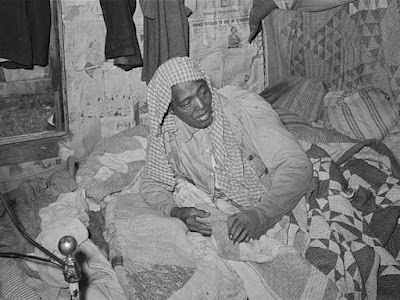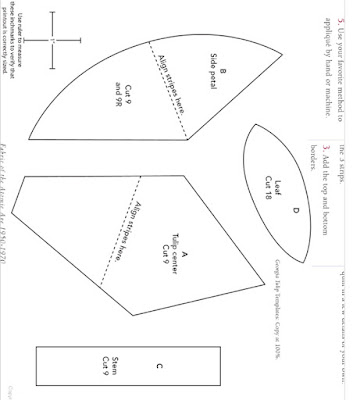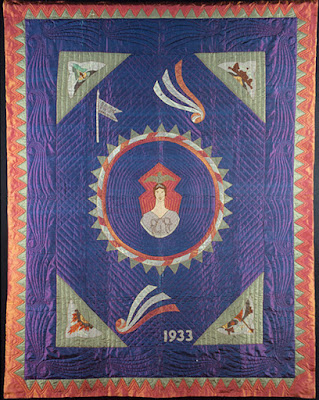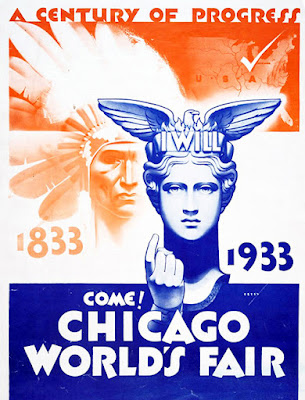Couple photographed about 1940 in Hamilton County, Ohio near
Cincinnati by Carl Mydans for the Farm Security Administration
As in this ad in Good Housekeeping magazine for new fitted sheets, 1950s.
Our perspective on proper bedroom interiors is one reason it is so hard for us to understand why so many quilts looked like this:
Whether plain or fancy...
From Georgia Quilts
To give you a crash course in bedmaking alternative styles I've found photos from the Library of Congress's files for the Farm Security Administration taken in the late 1930s. They are mostly by Russell Lee who had a good eye for interior details and seemed to like to photograph quilts while telling us of the needs of poor America.
Ingram Family, Alvin, Wisconsin, 1937
Russell Lee captioned this room as in a shack shared
by two poor families.
1937, Russell Lee, Corpus Christi, Texas
Bed as office. I do a lot of that. Dog instead of baby as assistant.
1939, Russell Lee, Waggoner, Oklahoma
1938, Russell Lee, New Madrid County, Missouri
1939, Russell Lee, Sallislaw, Oklahoma
A Trundle Bed
1937, Arthur Rothstein, Allegheny County, New York
Bed with side slats
1941, Jack Delano, Greensboro, Alabama
Ringgold, Arkansas
If we want to understand quilt history we have to understand their function as bedding, considering that different housing styles create a need for different quilt style.
Dick Sheldon, Lancaster, Pennsylvania
I'm trying not to be so bourgeois. Need a wider world view.
A little history:
















.jpg)


.JPG)



































%20E%20garyIN.jpg)





































